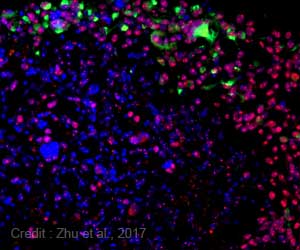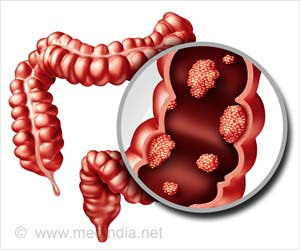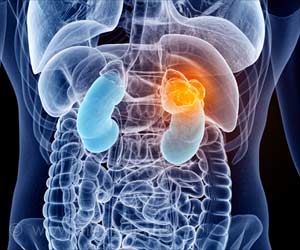The Santa Susana Field Lab 1959 nuclear reactor meltdown has been reported to have released about 300 times more radiation than the infamous Three Mile Island accident according to studies presented Thursday.
These estimates were released by an independent advisory panel and are contradictory to years of assertions by the federal government stating that no radioactive material was released during the meltdown, thereby causing no public health threat to the surrounding community.These radiations could have possibly caused some 260 cancer cases in an area near the hilltop lab. The findings are a result of studies conducted over a period of seven years with the help of technical modeling to fill in missing details from the accident.
As soon as the results were release the Boeing Co., the lab’s owner, immediately dismissed the research as completely wrong, and based on faulty assumptions.
According to the researchers although their work is based on some assumptions and data from other meltdowns, they were forced to fill in the gaps when Boeing and the Department of Energy refused to provide vital information on the accident needed to calculate exposure and cancer risk.
Steven Wing, University of North Carolina associate professor of epidemiology and co-chairman of the Santa Susana Field Lab Advisory Panel, which commissioned the studies said, "What’s critical here is that people have been exposed here unwillingly and without their knowledge." "To reduce people’s anxiety, we need more information. We need more forthcomingness."
Release of these findings are hoped to bring about tighter regulations on the cleanup of the field lab and its future use.
Advertisement
Studies conducted before this has found that lab workers exposed to radiation and certain rocket engine test chemicals had higher cancer death rates.
Advertisement
In July 1959, the Sodium Reactor Experiment suffered a partial meltdown. The severity of the incident was covered up at the time, but the Daily News revealed a government report in 1989 that documented extensive contamination at the lab.
DOE and Boeing officials had long maintained that almost all the radiation was contained inside the reactor and that the only radioactive material to escape was inert gases that posed no threat.
In his study released Thursday, scientist David Lochbaum contends that two dangerous radioactive materials – iodine-131 and cesium-137 – were released in the accident.
Lochbaum, the director of the Union of Concerned Scientists Nuclear Safety Project, based his conclusions on reports prepared after the meltdown that showed very high levels of radiation in the reactor, and that radioactive gas was released into the atmosphere.
Acknowledging his conclusion is an estimate he said, "It is both unsatisfying and frustrating not to be able to develop a more definitive basis for the estimated release fraction, but the scant and disconnected data prevent such analysis."
Physicist Jan Beyea also faced similar response, being denied records on which way the wind was blowing on the day of the SSFL meltdown. Therefore he used data from the 1959 Windscale accident in England, transposed it onto the Santa Susana Field Lab and ran 20,000 simulations to estimate how much radiation residents may have been exposed to.
Based on estimates of how much iodine-131 and cesium-137 were released, Beyea figured 260 cancers would have been caused by the exposure – although that number could be a lot less or a lot more, up to 1,800 cancer cases.
Boeing Manager of Health, Safety and Radiation Services Phil Rutherford disputed complaints that crucial data on the meltdown was withheld, and produced two thick binders of expert analysis that was prepared for Boeing’s defense during a class-action lawsuit. That case, which charged that the lab made neighbors sick, was settled for $30 million last year.
Based on old records, Rutherford said the company calculated that 28 curies of radiation was released and that the nearest resident in Simi Valley would have been exposed to .018 millirem, far less than the 300 millirem the average person is exposed to in a year.
"This is what the real exposure was," he said. "This is what we stand by and this is what happened."
Longtime field lab watchdog Mary Weisbrock said at a public meeting Thursday night in Simi Valley where around 150 area residents listened attentively to the scientists, said, "The public has been led to believe the contamination stayed on-site. I’m surprised that 15 years have gone by and the public has been kept in the dark this long."
Source-Medindia
NLA






